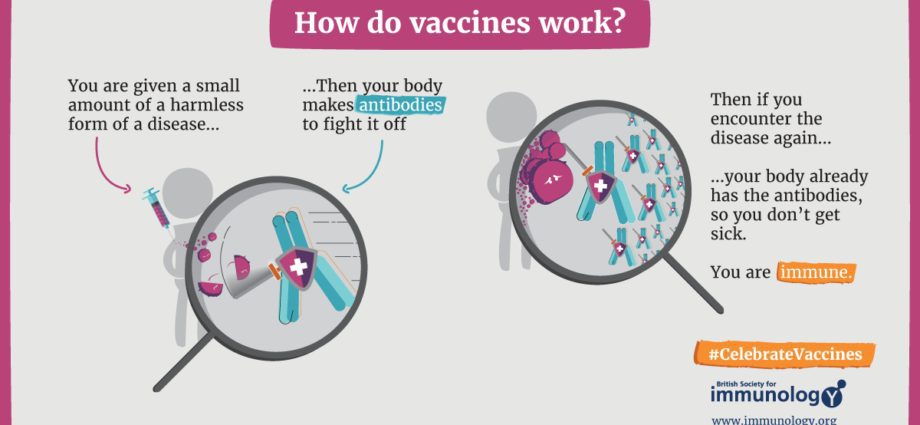Contents
How does it work to vaccinate your rabbit?
Vaccination is an essential preventive act to ensure the good health of your pets. In rabbits, it protects against two serious and often fatal diseases: myxomatosis and viral hemorrhagic disease.
Why should you vaccinate your rabbit?
Myxomatosis and viral hemorrhagic disease (HDV) are two serious diseases of the rabbit. These are often fatal diseases for which we currently have no treatment. These diseases are very contagious and can be transmitted even to rabbits living indoors, through biting insects, or through food. Vaccination is therefore the only measure that effectively protects our companions and is recommended for all rabbits.
Even if it does not protect 100% against contamination, vaccination can limit the symptoms and mortality associated with myxomatosis or haemorrhagic viral disease.
La myxomatose
Myxomatosis is an often fatal disease for rabbits, which appeared in France in the 1950s. In its most characteristic form, it manifests itself in particular by significant symptoms on the face of animals:
- Red and swollen eyes;
- Conjunctivitis;
- Flows;
- Appearance of nodules all over the head.
In addition to these symptoms, the rabbit will be culled, with loss of appetite and a fever.
This virus is transmitted by biting insects such as fleas, ticks, or certain mosquitoes. It thrives particularly in hot and humid environments, and can survive up to two years in the outdoor environment.
Viral hemorrhagic disease
The haemorrhagic viral disease virus appeared in France at the end of the 1980s. It is the cause of sudden death in rabbits, which die between 2 and 5 days after being infected, without other symptoms of the disease. Sometimes, a few drops of blood are found on the nose of the Rabbit after his death, which gave its name to the disease.
This virus is transmitted by direct contact between infected rabbits, or by indirect contact through food or insects which can be vectors of the virus. It is a very resistant virus, which can survive for several months in the environment.
Different vaccination protocols
Rabbit vaccination must be carried out by your attending veterinarian and recorded in the animal’s vaccination record. It is possible from 5 months. To be vaccinated, it is important that your pet is in good health. If your rabbit is tired or on treatment, then speak to your veterinarian who will decide whether it is better to keep or postpone the vaccination.
Since 2012, there has been a vaccine combining myxomatosis and the classic variant of viral hemorrhagic disease (VHD1). But, a new variant of the haemorrhagic viral disease, called VHD2, appeared in France about ten years ago. This VHD2 is more and more present in France.
Thus, new vaccines combining the two variants of the haemorrhagic viral disease have appeared on the market. However, there are not yet any vaccines protecting against myxomatosis, VHD1 and VHD 2. If you want optimal protection for your rabbit, it is often necessary that your veterinarian performs two injections: one of the Myxo-VHD1 vaccine and one of the VHD1-VHD2 vaccine. It is advisable to space these two injections a few weeks apart so as not to tire the rabbit’s immune system too much. Vaccination reminders should be performed every year.
As with every vaccination, some side effects are possible. Among the most common are fever, the appearance of edema or a small mass at the injection site which may persist for a few weeks without being painful, and / or fatigue.










